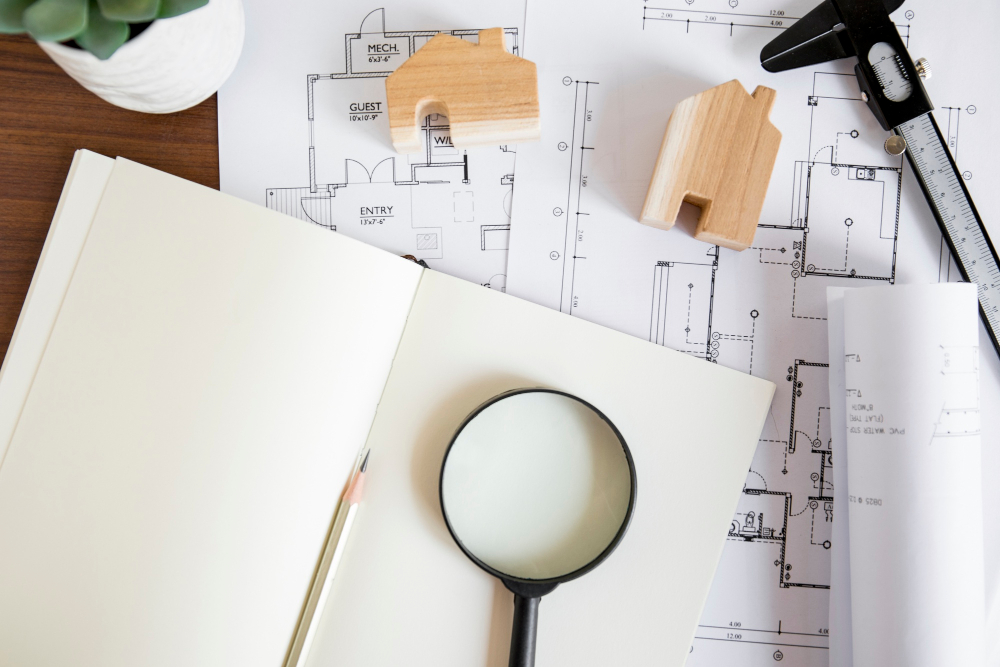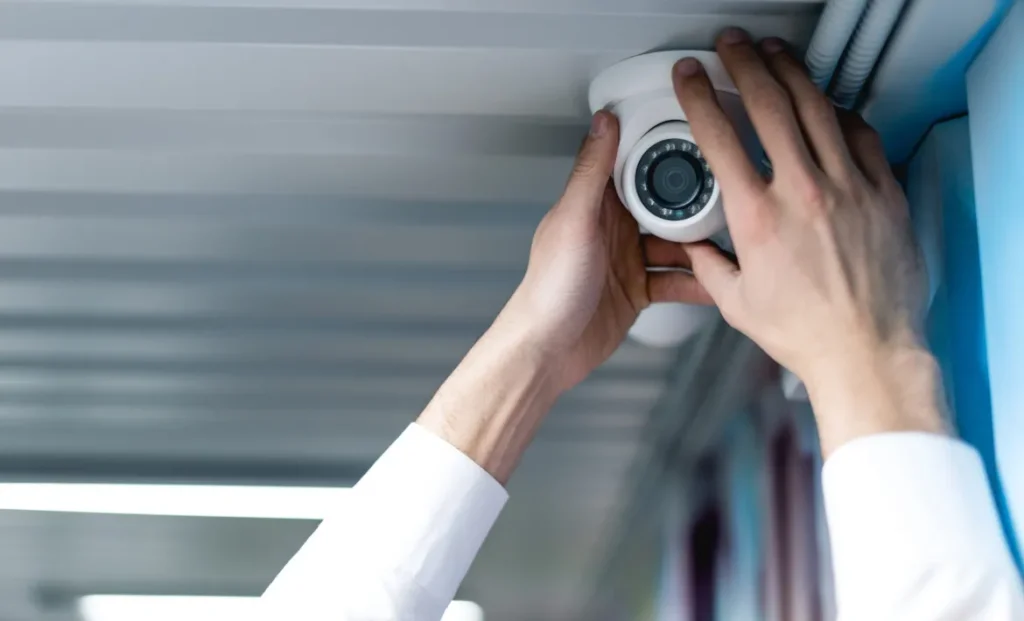Building codes are rules that set the minimum standards for construction and renovation. They exist to keep buildings safe and functional. Knowing about building codes is very important if you’re buying, selling, or inspecting a property. Building codes are sets of rules that say how buildings should be made. These rules make sure buildings are safe for people to use. Different places have different building codes. Cities, counties, and states can make their own rules. However, many use a standard set of codes as a starting point.
Building codes important
Building codes protect people, help prevent fires, collapses, and other dangers, and ensure that buildings work well. For example, codes specify how wide doorways should be so wheelchairs can fit through.
Building codes also protect property value. A house built to code is less likely to have significant problems later, saving owners money on repairs.
For inspectors, building codes are like a checklist. They help find problems that might not be obvious at first glance.
Critical areas of building codes
- Structure – These rules ensure that a building is strong enough. They cover foundations, walls, and roofs. Special rules make buildings more resistant to earthquakes or high winds.
- Fire safety –These codes help prevent fires and keep people safe if a fire happens. They include rules about smoke detectors, fire escapes, and materials that resist fire.
- Electrical – Electrical codes prevent shocks and fires. They say how wiring should be done and what electrical equipment is safe.
- Plumbing – Plumbing codes keep water clean and prevent leaks. They cover pipes, drains, and fixtures like sinks and toilets.
- Energy efficiency – Many places now have codes that require buildings to use less energy. These codes require good insulation or efficient heating systems.
- Accessibility – These rules make sure people with disabilities can use buildings. They cover things like ramps, wide doorways, and accessible bathrooms.
Common code violations
Some code violations often appear during inspections.
- Missing smoke detectors – Many codes require smoke detectors in every bedroom and floor.
- Improper electrical work – DIY electrical jobs often break code. This can include wrong wiring or overloaded circuits.
- Lack of proper permits – Many renovations need permits. Work done with permits might be up to code.
- Incorrect handrails – Stairs often have incorrect or missing handrails. Codes specify how high and strong the rails should be.
- Poor ventilation – Bathrooms and kitchens need good airflow. A lack of fans or windows can lead to mould.
- Deck problems – Many decks need to be built better. They might not be attached right or might need proper railings.
What to do about code violations?
If an inspection finds code violations, don’t panic. Many can be fixed easily. Here are some steps.
- Understand the problem – Ask the inspector to explain the violation clearly.
- Check if it’s grandfathered – Sometimes, old buildings can wait to meet new codes.
- Get estimates – Find out how much it will cost to fix the problem.
- Prioritise safety – Fix dangerous issues first, like electrical problems.
- Consider negotiations – If buying, you might ask the seller to fix violations or lower the price.
- Talk to local officials – You should talk to the local building department about significant issues. navigate to this website vitalbuildinginspection.com.au/pricing/ for building inspections Sydney.
Building codes can seem complex, but they’re there to help. They keep buildings safe and working well. Understanding codes helps spot problems and find solutions during property inspections. Whether buying, selling, or caring for a property, knowing about building codes is a big help.





